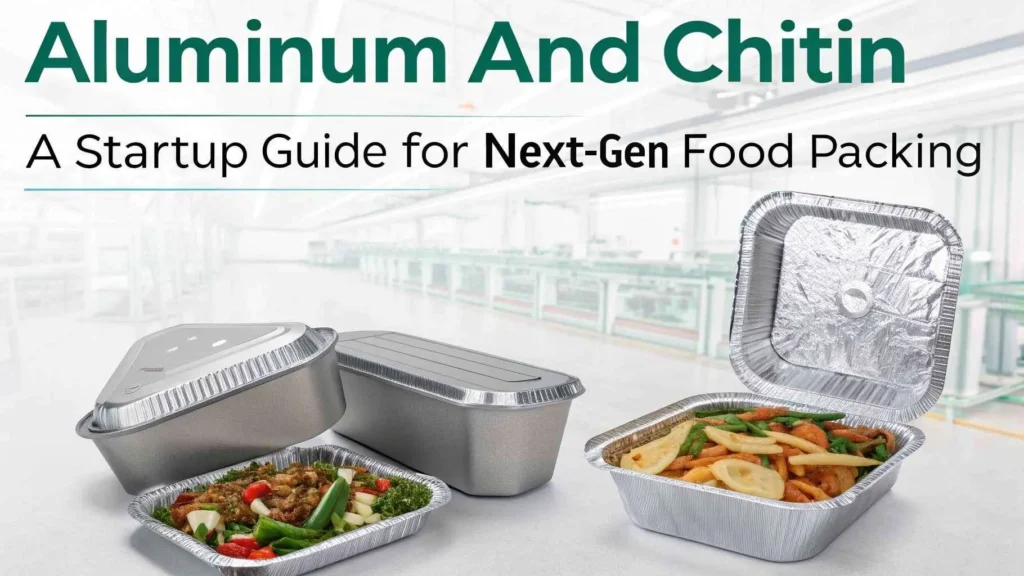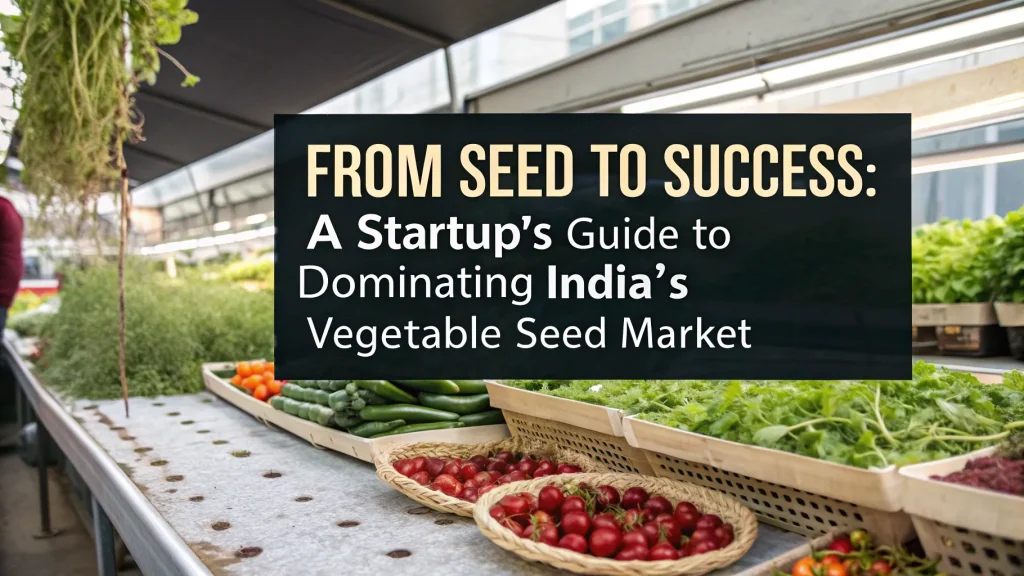Starting a business in poultry and broiler farming can be a rewarding venture, especially in 2025 when food demand is rising rapidly. With increasing population, urbanization, and the shift towards high-protein diets, poultry farming has become a high-potential industry. Broiler chickens, raised specifically for meat production, are in high demand throughout India and abroad. If you’re considering entering this business, a well-planned setup and knowledge of best practices are essential.
See Also : New Business Opportunities for Entrepreneurs
Why Poultry and Broiler Farming is a Smart Business in 2025
In 2025, the poultry sector continues to be one of the fastest-growing segments in Indian agriculture. With consistent market demand, quick returns, and scalability, poultry and broiler farming is now a top choice for rural entrepreneurs and agribusiness investors. Moreover, government support, subsidies, and training programs further reduce the risk associated with launching such a venture.
Starting a poultry farm doesn’t necessarily require massive land or advanced infrastructure. What matters most is your ability to manage hygiene, feed, health, and climate conditions. Unlike traditional farming, poultry offers more cycles per year, making it possible to generate stable monthly income.
Let’s now understand the key steps required to start a poultry and broiler farm successfully.
Step 1: Select the Right Location
Choosing the right location is one of the most important decisions. The land should be slightly elevated to prevent waterlogging. Good road access is essential for transporting feed, chicks, and processed birds. Also, make sure the farm is away from industrial zones and residential areas to avoid pollution and complaints.
Having access to clean water and electricity is crucial. Additionally, choose a location with a moderate climate or plan for artificial climate control systems if needed.
Step 2: Decide Your Farm Size and Investment
Depending on your budget, you can start small and scale over time. For example, you can start with 500 to 1,000 birds initially and gradually expand to 5,000 or more.
A small-scale broiler farm setup may cost around ?3–5 lakhs, including land lease, shed construction, equipment, chicks, and initial feed. For a medium-sized farm, the investment may go up to ?10–20 lakhs.
Expenses typically include:
-
Brooding equipment (heating systems, feeders, drinkers)
-
Farm construction (sheds, fencing)
-
Chicks (Rs. 30–40 per chick)
-
Feed (the largest operational cost)
-
Vaccination and veterinary services
-
Labour costs
Step 3: Construct the Poultry Shed Properly
Design the poultry house with proper ventilation and natural light. Maintain a distance of at least 500 meters from other poultry farms to avoid cross-contamination.
The shed floor should be made of concrete and covered with litter material like rice husk or wood shavings. The roof must be high enough to allow proper airflow.
Ensure a minimum of 1 square foot per bird to avoid overcrowding. A well-constructed shed significantly reduces mortality and disease outbreaks.
Step 4: Purchase Quality Broiler Chicks
Success in poultry and broiler farming largely depends on the quality of chicks you buy. Source chicks only from reputed hatcheries that follow biosecurity protocols.
Ensure the chicks are vaccinated and show no signs of deformities or infections. Always plan to buy a few extra chicks to compensate for early-stage losses.
Broiler birds grow quickly, typically reaching market weight in 6–7 weeks. Therefore, each batch must be managed with strict care and efficiency.
Step 5: Manage Feed and Nutrition
Proper nutrition is essential for fast and healthy growth. A balanced feed includes proteins, carbohydrates, fats, vitamins, and minerals.
Broilers go through different growth stages, each requiring specific types of feed:
-
Starter feed (first 10 days)
-
Grower feed (11–24 days)
-
Finisher feed (25 days till market weight)
Use automatic or semi-automatic feeders and drinkers to maintain hygiene and avoid wastage. Keep water fresh and clean at all times.
Since feed cost accounts for 60–70% of total expenses, bulk purchase and local sourcing can help lower costs. You can even produce your own feed if your farm reaches large-scale operations.
Step 6: Disease Management and Vaccination
Broilers are sensitive to environmental changes, so their health must be monitored daily. Poor hygiene or delay in vaccination may lead to diseases like Newcastle, coccidiosis, and infectious bronchitis.
Clean the shed daily, dispose of waste properly, and limit visitor access. Hire a veterinarian or partner with a local animal health expert for routine checkups.
Vaccination must follow a fixed schedule, starting from day one. It is always better to prevent diseases than treat them later.
Step 7: Marketing and Selling the Birds
Once broilers reach their ideal weight (1.8 to 2.5 kg), you can sell them directly to wholesalers, local markets, hotels, and meat shops.
Today, you also have the option to sell online or tie up with meat delivery apps and retail chains. Consider branding your farm as antibiotic-free or organic to get premium prices.
Some farmers also start processing units for added profit. Value-added products like cleaned and packed meat, frozen cuts, and marinated chicken fetch higher margins.
Timely selling is important since delay after the optimum growth stage leads to loss in profit due to increased feed cost.
Step 8: Government Support and Subsidies
The Indian government, through NABARD and other agriculture schemes, offers financial help for poultry and broiler farming.
You can apply for soft loans with interest subsidies and even receive grants for setting up sheds and buying equipment.
Schemes like the PM Matsya Sampada Yojana and National Livestock Mission can be explored for funding. Before applying, prepare a detailed project report and business plan.
Also, take part in training programs and workshops organized by animal husbandry departments to improve your knowledge.
Step 9: Follow a Business Model and Keep Records
To run a sustainable poultry business, maintain daily records of feed consumption, bird weight, mortality, and sales. This helps in measuring profit and making necessary changes.
You can choose between two popular business models:
-
Contract farming: A poultry company provides chicks, feed, and support. You get paid per bird raised.
-
Independent farming: You handle everything from buying chicks to selling meat. Profits and risks are higher.
In 2025, many farmers prefer hybrid models where they raise birds independently and collaborate with local processors or exporters.
Digital tools and mobile apps can help in managing inventory, disease tracking, and order processing. Keeping up with technology adds professionalism and efficiency.
See Also : Phenolic Resins Manufacturing
Final Thoughts on Poultry and Broiler Farming in 2025
The future of poultry and broiler farming in India looks promising. As more people prefer lean meats and as protein consumption increases, broiler farming will continue to grow.
However, success in this field comes only with dedication, daily monitoring, and a willingness to learn continuously. By following proper procedures, maintaining hygiene, and planning marketing wisely, even small-scale farmers can earn substantial income.
Whether you’re in a rural area or near a city, starting a broiler farm in 2025 could be your step toward financial freedom. Choose the right location, build a solid plan, and you can be part of this booming sector.





